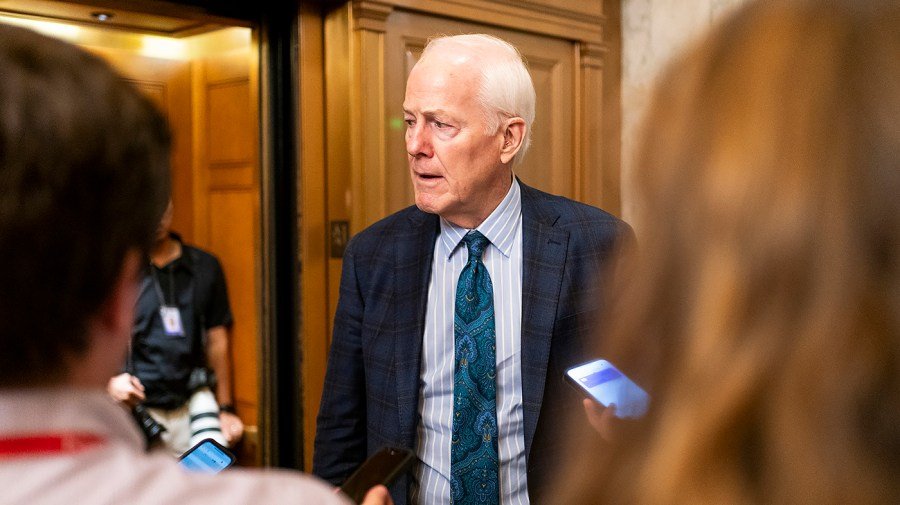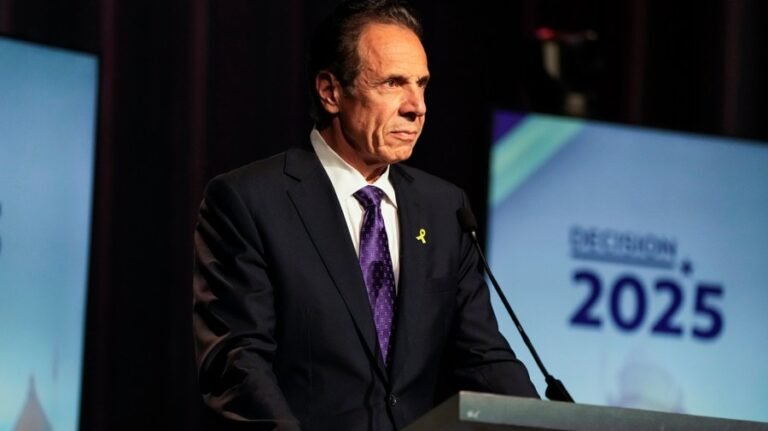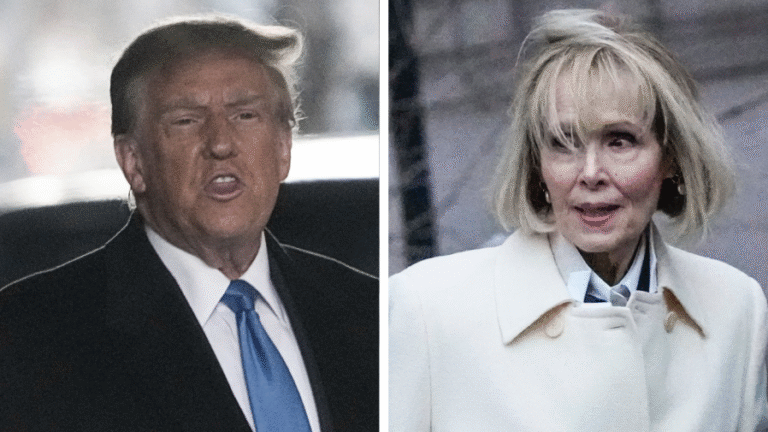
Sen. John Cornyn (R-Texas) has closed the gap in recent polling as he squares off against Attorney General Ken Paxton in a bitterly fought primary, though observers acknowledge he still faces a tough reelection bid.
A Texas Southern University poll released in August showed Paxton holding a 5-point lead over Cornyn among likely primary voters, down from 9-points in the same poll released in May. Meanwhile, an Emerson College poll also released last month showed Cornyn leading Paxton by one point.
The recent polls signal a tightening race after early surveys found Paxton, a staunch conservative, with double-digit leads in some cases, and point to what is sure to be one of the most fiercely fought primaries next year.
“The combination of Ken Paxton’s summer from hell has coincided with our campaign working hard to educate Texans about Sen. Cornyn’s actual record, and this has produced undeniable and significant polling movement in our direction,” said Matt Mackowiak, the Cornyn campaign’s senior adviser.
An Echelon Insights poll released in August also showed Cornyn down by 5 points. An internal poll released by the Senate Leadership Fund, which is supporting Cornyn, found Cornyn cutting Paxton’s lead in half to eight points.
Cornyn’s allies note that those polls, taken together with the Emerson College and Texas Southern University polls, show the incumbent senator down by an average of four points in a two-way race against Paxton.
“I’m confident that part of the Cornyn strategy was to let the summer end and then really ramp things up in September. I think that was always the plan,” said Brendan Steinhauser, Cornyn’s former campaign manager.
The polls come as Cornyn’s allies have ramped up their spending in recent weeks, doling out millions to blanket the airwaves across the Lone Star State. Paxton has also faced scrutiny over his divorce, as well as news that he and his now-estranged wife claimed three houses as his primary residence in mortgage documents.
The tightening polls also came after Cornyn leaned into the Texas redistricting fight, garnering attention for calling on the FBI to help bring back Democrats who had fled the state in protest against efforts to redraw the maps. Paxton, meanwhile, faced criticism over being in Europe as the redistricting efforts kicked off.
“Texans are seeing how hard Sen. Cornyn has fought for President Trump’s agenda and delivered real wins, including securing $11B+ in federal reimbursement for state border efforts,” Mackowiak said. “Meanwhile Ken Paxton is being asked about felony mortgage fraud allegations on national television and spent crucial summer weeks in Europe on a golf vacation. We are executing our plan and we will win this primary.”
The senator’s allies also note that they increased their spending because they saw how well their messaging was working and they were confident he would be the nominee.
Geoffrey Skelley, chief elections analyst with The Hill’s partners at Decision Desk HQ, noted that the contrast is likely having somewhat of an impact.
“There is a lot for Cornyn and his allies to work with in terms of trying to turn people off to Paxton,” Skelley said. “All of this can help explain the negative news around Paxton’s personal life, the clear spending advantage that Cornyn’s supporters have had, could help explain why Paxton has dipped.”
However, other Republicans remain skeptical, with one GOP strategist calling the notion that Cornyn is rising “a false narrative.”
“The reality is Paxton has decreased pretty decently but he was always inflated a bit at the beginning of this,” the strategist said. “It’s been Paxton’s divorce and how that was framed. That’s the only thing that has really had an impact at least on those specific two candidates because they’re just so baked in.”
And unlike Cornyn’s allies, Paxton and his campaign have not gone up on air yet.
“It’s going to turn into a pretty significant double-digit deficit again,” the Republican strategist said when asked what to expect when Paxton and his allies hit the airwaves.
“Paxton doesn’t have to spend a lot of money. He could spend a couple of million dollars and remind primary voters of Cornyn’s vulnerabilities and this will quickly turn into a 15 point race again, no matter how much they’re spending on Cornyn’s behalf,” the strategist said.
The strategist went on to say that donors are “frustrated.”
“They are spending millions of dollars not really to change the contours of the race because you don’t change a race in September,” the strategist said. “What they’re trying to do is get a poll close enough to be able to have the White House let them stay in the race.”
According to the DDHQ polling average, Paxton currently leads Cornyn by 12 points, marking an improvement from earlier this year.
“Paxton has a clear advantage in that he’s the one polling close to 50 percent in a head to head race and his opponent is a very well known incumbent who is polling in the mid-thirties,” Skelley said. “That is a really, really rough place to be as an incumbent among your own primary votes.”
One other potential wild card factor is whether Rep. Wesley Hunt (R-Texas) jumps into the primary. Hunt has been openly flirting with launching a Senate bid, rolling out a number of statewide ads introducing himself outside of his district. According to the ad tracking company AdImpact, Hunt has placed $1.2 million in ad spending and reservations this year.
It’s unclear whether Hunt would pull more votes from Cornyn or Paxton. However, in a donor memo obtained exclusively by The Hill on Friday, the National Republican Senatorial Committee urged the congressman’s donors to push him to stop stoking speculation about a run and endorse Cornyn.
“Given Cornyn’s weakness and if there are Republicans looking to stop Paxton, then it’s pretty clear what Hunt thinks his path is here,” Skelley said.
Steinhauser said it will still be “a challenge” for Cornyn to fully close the gap, but cautioned that primary electorates are difficult to gauge.
“These primaries are even harder to poll than a general election because we just have a smaller segment of the population that shows up and in a midterm year like this, in the primary, you get a big drop off from the presidential year,” he said.
“I think things can change rapidly in a race like this,” he added. “I wouldn’t say it’s anywhere near to being over.”


